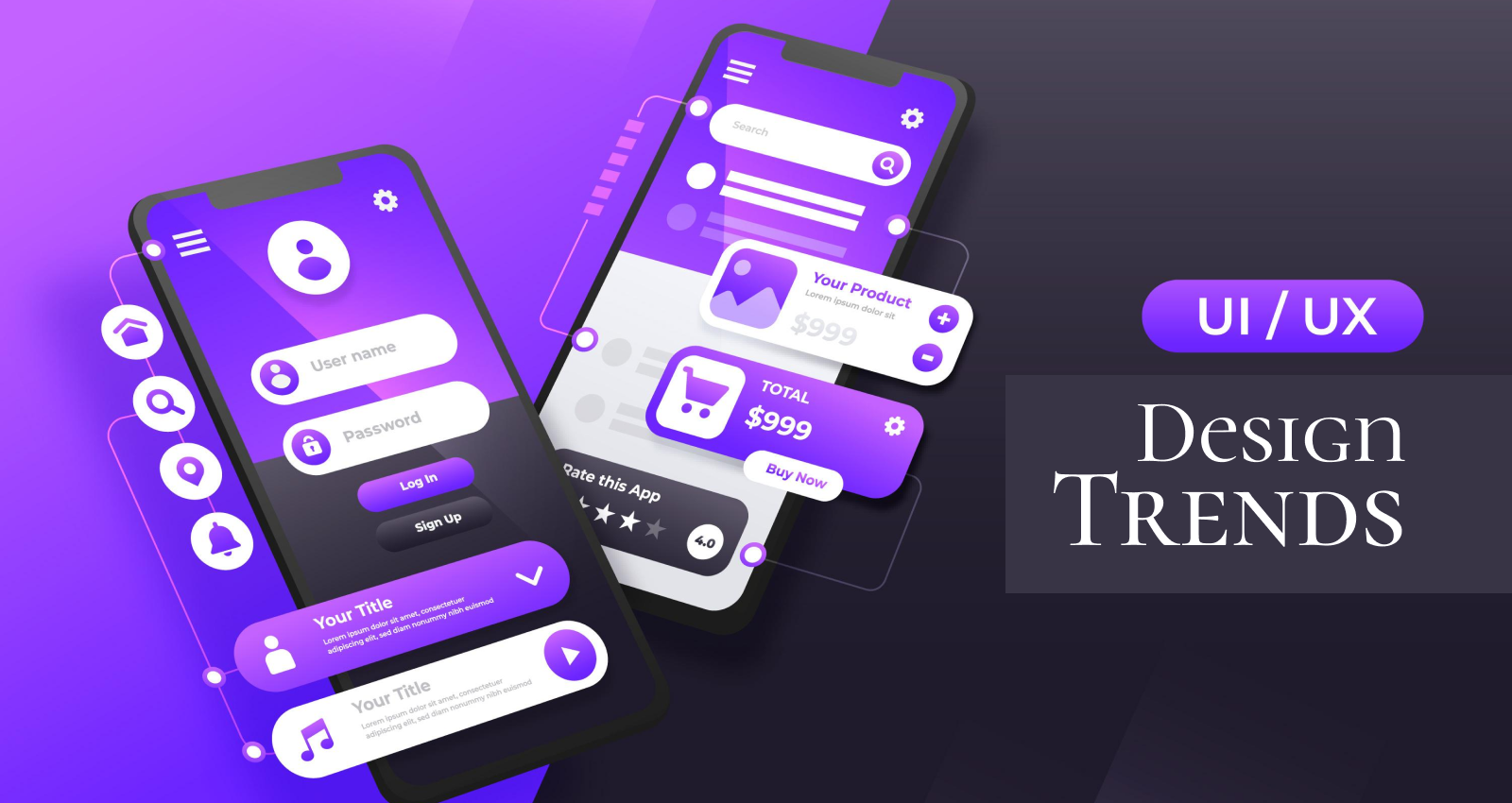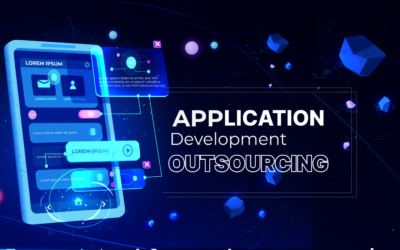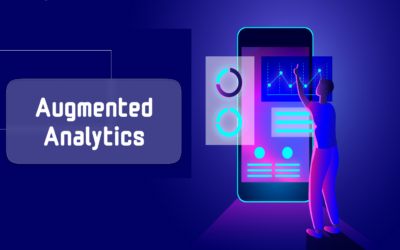Latest UI/UX Design Trends for 2024

The world of UI/UX design is constantly evolving. As we step into 2024, new trends are shaping how users interact with digital products. Staying updated with these trends is essential for creating engaging and efficient user experiences. In this blog, we’ll explore the top 10 UI/UX design trends for 2024. Whether you’re a designer or a business owner, understanding these trends will help you stay ahead of the curve.
Introduction
UI (User Interface) and UX (User Experience) design are critical components of any digital product. UI focuses on the look and feel of a product, while UX ensures it is easy and enjoyable to use. As technology advances, so do the expectations of users. Designers need to keep up with these changes to create products that not only meet but exceed user expectations.
In 2024, several trends are making waves in the UI/UX design world. These trends are driven by advancements in technology, changes in user behavior, and the constant push for more engaging and intuitive digital experiences. Let’s dive into the top 10 UI/UX design trends for 2024.
Top 10 latest UI UX design trends in 2024
Top 10 trends that as a UI/UX designer you must ensure to incorporate in your next project are as follows:
- Minimalistic Look
- Artificial Intelligence
- Microinteractions
- Neomorphism & Glassmorphism
- Voice User Interfaces
- Advanced Cursor
- Complex yet Interactive 3D illustrations
- Spatial Design to Empower AR & VR
- Retro UI
- Sustainability
1. Minimalistic Look
Minimalism in design emphasizes simplicity, using clean lines, ample white space, and a limited color palette to create a clutter-free interface.
Minimalism remains a cornerstone in 2024 due to its ability to make interfaces straightforward and easy to navigate. By focusing on essential elements, minimalistic design reduces distractions, allowing users to concentrate on their tasks without unnecessary interruptions.
The minimalistic look enhances user experience by providing a clear, uncluttered interface that is easy to navigate. This simplicity helps users find information quickly, improving overall usability and satisfaction.
2. Artificial Intelligence
Artificial Intelligence (AI) in UI/UX design refers to the use of machine learning algorithms and data analysis to create personalized and adaptive user experiences.
In 2024, AI is increasingly used to tailor interfaces to individual users. AI can analyze user behavior and preferences, offering personalized content, recommendations, and adaptive layouts that change based on user interactions.
AI-driven personalization makes digital products more intuitive and engaging. By providing users with relevant content and adjusting interfaces to their preferences, AI enhances usability and creates a more satisfying user experience.
3. Microinteractions
Microinteractions are small, subtle animations or design elements that provide feedback to users and guide them through interactions with a digital product.
Microinteractions are becoming more sophisticated in 2024. They can range from simple hover effects to complex animations that respond to user actions, providing instant feedback and making the interface feel more alive.
Microinteractions improve user experience by adding a layer of interactivity and engagement. They help users understand their actions’ outcomes, making the interface more intuitive and enjoyable to use.
4. Neomorphism & Glassmorphism
Neomorphism combines skeuomorphism and flat design, creating interfaces that appear soft and extruded, almost like digital clay. This trend gives a tactile, almost physical feel to digital elements.
Glassmorphism uses translucent, frosted glass-like effects. This trend adds depth and layering to interfaces, creating a modern, sophisticated look.
Both Neomorphism and Glassmorphism offer unique aesthetic qualities that can make digital products stand out. Neomorphism offers a tactile, almost physical feel to digital elements, while Glassmorphism adds a modern, sophisticated look with its layered, translucent effects.
These trends enhance user experience by providing visually appealing interfaces that stand out. The tactile feel of Neomorphism and the depth of Glassmorphism make interactions more engaging and enjoyable.
5. Voice User Interfaces
Voice User Interfaces (VUIs) allow users to interact with digital products using voice commands instead of traditional touch or text inputs.
As voice recognition technology improves, VUIs are becoming more common in 2024. They offer a hands-free, natural way to interact with digital products, making tasks easier and faster to complete.
VUIs enhance accessibility and convenience, particularly for users with disabilities or those who prefer hands-free interaction. By providing an alternative to traditional input methods, VUIs make digital products more versatile and user-friendly.
6. Advanced Cursor
Advanced cursors change their appearance and functionality based on context, providing more intuitive interactions for users.
In 2024, advanced cursors are being used to give users clear visual cues about their actions. For example, a cursor might transform into a hand when hovering over a clickable element or change color to indicate different actions.
Advanced cursors improve usability by providing instant visual feedback. They help users understand what actions are possible, making the interface more intuitive and reducing the learning curve.
7. Complex yet Interactive 3D Illustrations
3D illustrations are graphical elements that add depth and realism to digital interfaces. When interactive, they respond to user actions, creating an immersive experience.
In 2024, 3D illustrations are becoming more complex and interactive. These elements can be rotated, zoomed in on, or manipulated in other ways, providing a more engaging user experience.
Interactive 3D illustrations make digital products more visually appealing and engaging. They provide users with a deeper understanding of the content, enhancing the overall user experience.
8. Spatial Design to Empower AR & VR
Spatial design focuses on creating immersive environments for Augmented Reality (AR) and Virtual Reality (VR) applications.
As AR and VR technology advances, spatial design is becoming more sophisticated in 2024. This trend involves designing realistic, interactive environments that enhance the immersive experience of AR and VR applications.
Spatial design enables more realistic and engaging AR and VR experiences. It allows users to interact with digital content in new and exciting ways, from virtual shopping to interactive training simulations, enhancing the overall user experience.
9. Retro UI
Retro UI design draws inspiration from past design trends, particularly those from the 80s and 90s, combining nostalgia with modern design principles.
Retro UI is making a comeback in 2024 with elements like pixelated graphics, vibrant colors, and vintage typography. This trend offers a unique visual style that stands out in a sea of modern designs.
Retro UI evokes nostalgia and provides a distinctive look that can make digital products memorable. By combining old-school aesthetics with modern usability principles, retro UI offers a unique and engaging user experience.
10. Sustainability
Sustainable design practices aim to create digital products that are environmentally friendly and promote sustainable behaviors.
In 2024, more designers are prioritizing sustainability. This includes optimizing websites and apps to reduce energy consumption, using eco-friendly hosting services, and designing interfaces that encourage sustainable actions.
Sustainability in design not only reflects a commitment to environmental responsibility but also enhances user experience by promoting positive behaviors. Users are increasingly aware of environmental issues, and sustainable design can build trust and loyalty.
Conclusion
The UI/UX design landscape is constantly evolving, driven by technological advancements and changing user expectations. In 2024, we see a mix of trends that enhance usability, engagement, and sustainability. From minimalistic looks and AI-driven personalization to advanced cursors and sustainable design practices, these trends are shaping the future of digital experiences.
Staying updated with these trends is essential for designers and businesses alike. By incorporating these trends into your digital products, you can create more intuitive, engaging, and environmentally friendly user experiences. Embrace these trends to stay ahead of the curve and deliver exceptional digital experiences in 2024 and beyond.
Are you looking for any IT Services such as Web design and Development, Professional/Staff Augmentation Services, Cloud Computing, Mobile App Development, Digital Marketing Services and more? Connect Stridefuture Technology, which helps to meet your requirements.
{StrideFuture Technology, a full-service company specializing in Software Solutions and Consultancy services. We specialize in Personal, Business, IT Services, Web design and Development, Mobile App Development, Digital Marketing Services, and much more you can dream Virtually with us! Reach out for more service at StrideFuture Technology.}









